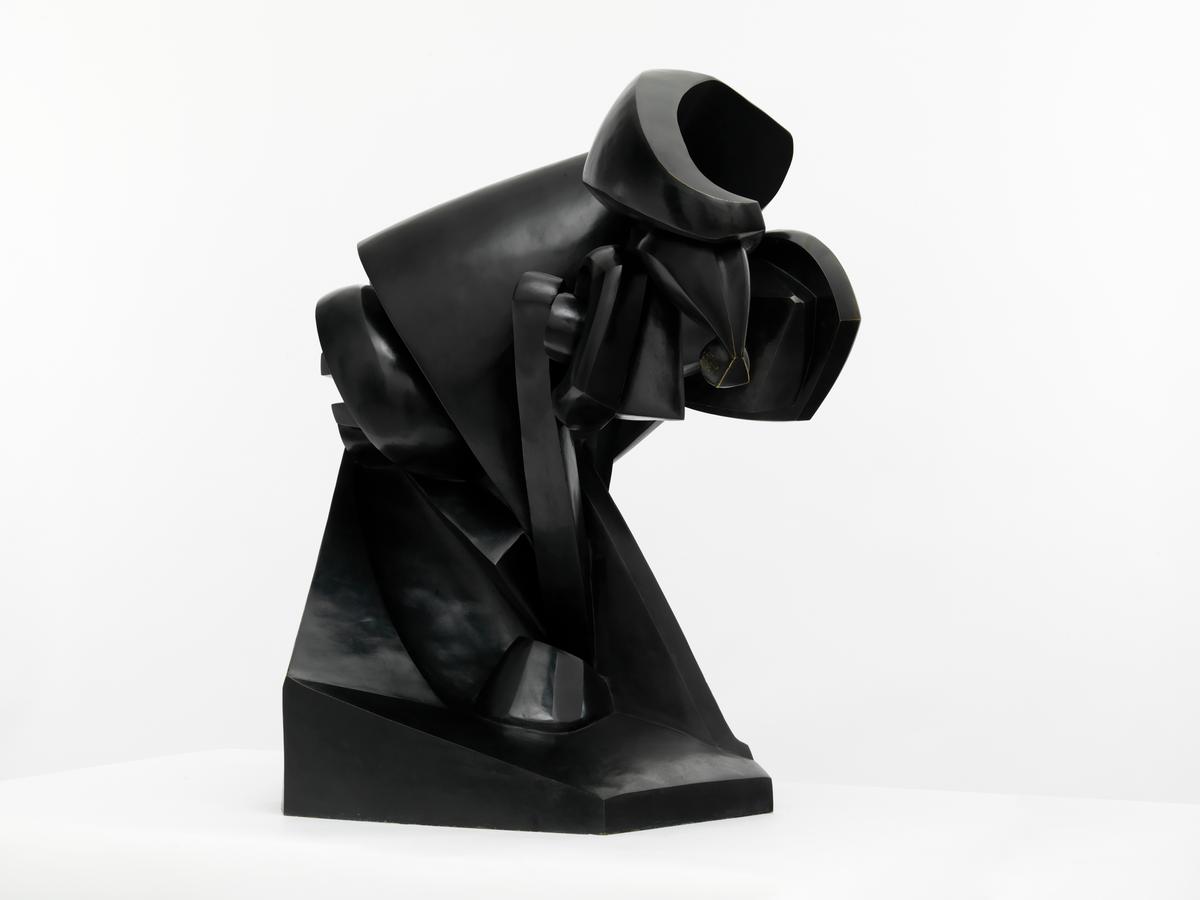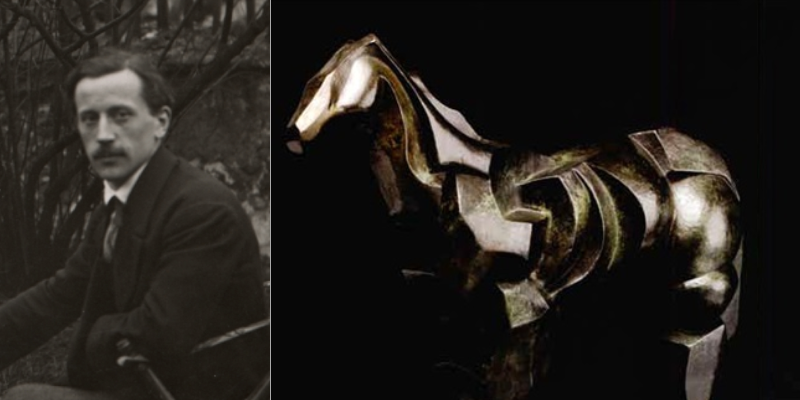Born Pierre-Maurice-Raymond Duchamp on November 5, 1876, in Danville, France, Raymond Duchamp-Villon played a crucial role in the early 20th-century development of Cubist sculpture. His unique style, which blended geometric abstraction and dynamic energy, left a lasting impression on the art world. Despite the terribly brief life Duchamp-Villon had due to sickness during World War I, his influence on the art world endures.

Duchamp-Villon’s journey into the world of art began in an unconventional manner. He initially pursued a career in medicine, enrolling at the University of Paris from 1894 to 1898. However, a debilitating illness, rheumatic fever, forced him to abandon his medical studies. It was during this challenging period that he decided to explore his passion for sculpture, which had been a side interest until then.
When Duchamp-Villon displayed his artwork at the Salon de la Société Nationale des Beaux-Arts in 1902, he made his public debut. He went back to the same salon the next year, and that was when his artistic career officially began. He took part in the Salon d’Automne in 1905, which is when his work began to be noticed. His relocation to Neuilly-sur-Seine in 1903 and Puteaux in 1907 brought him into line with Paris’s emerging art scene.

The importance of Raymond Duchamp-Villon in advancing Cubism cannot be emphasised. He was able to promote the nascent Cubist art movement when he joined the jury for the sculpture division at the Salon d’Automne in 1907. In addition to his brothers, Marcel Duchamp and Jacques Villon, he was a frequent at the Puteaux Group gatherings, which brought together critics and artists interested in the development of Cubism. This interaction was crucial in determining the movement’s course and giving it a platform for acknowledgement.
Raymond Duchamp-Villon: Artworks

Over time, Duchamp-Villon’s artwork changed dramatically. Although Auguste Rodin’s naturalistic style had an effect on his early works, he had adopted the Cubist method by the 1910s. In order to capture the essence of the figures rather than their actual form, he began to portray them using smooth surfaces and abstract geometric patterns. This change gave him the ability to “compress an idea” and give his sculptures more power.
In 1912, Duchamp-Villon co-founded the Puteaux Group, which was responsible for organising the Salon de la Section d’Or show, marking a pivotal juncture in his career. In contrast to the restricted colour scheme employed by painters such as Picasso and Braque, this historic occasion presented a more lively and dynamic interpretation of the movement and introduced Cubism to the broader public. Cubism was made known to a global audience when Duchamp-Villon’s artwork was displayed in the renowned Armoury Show in New York the following year.
The masterwork “The Horse,” created by Duchamp-Villon in 1914, is the pinnacle of his voyage towards pure abstraction. This sculpture, which combines elements of the animal and the mechanical, has been compared to the prominent Futurist artist Umberto Boccioni because of its dynamic and mechanical movement. His distinctive style in sculpture stems from his ability to capture motion and simplify forms to their geometric core.

Sadly, the typhoid sickness that Duchamp-Villon caught in 1916 while serving in the army ended his life. On October 9, 1918, he passed away at the Cannes military hospital. Even though he passed away too soon, his art still inspires and influences artists everywhere. His sculptures can be found in esteemed collections like the Musée National d’Art Moderne, the Tate Modern, the Solomon R. Guggenheim Museum, and the Museum of Modern Art.
References:
- Art Story
- Sotheby’s
- Guggenheim
Read Also:





